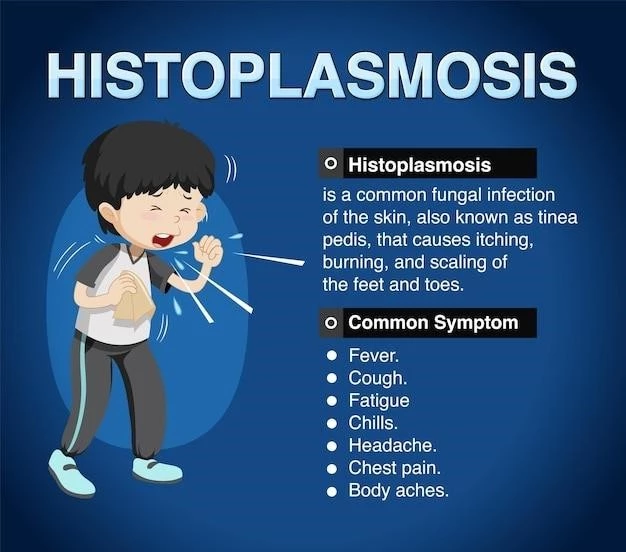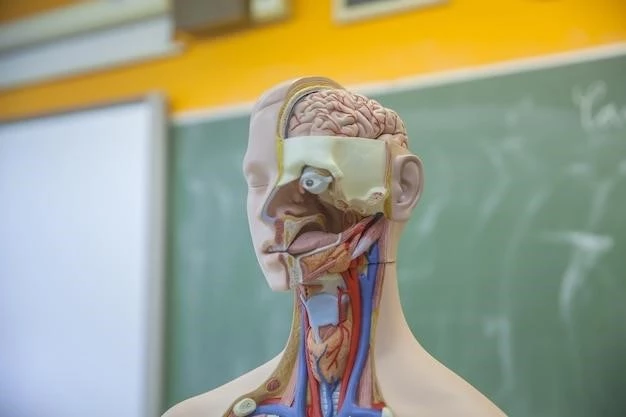The trichorhinophalangeal syndrome type I (TRPS I) is an autosomal dominant disorder characterized by sparse and slow-growing hair, distinctive facial features, and skeletal abnormalities․
Trichorhinophalangeal Syndrome Type I is a rare genetic disorder characterized by skeletal abnormalities, distinctive facial features, and abnormalities in hair, teeth, sweat glands, and nails․ It is caused by mutations in the TRPS1 gene located on chromosome 8․
Definition and Description
Trichorhinophalangeal Syndrome Type I (TRPS I) is a genetic condition characterized by skeletal abnormalities, distinctive facial features, and abnormalities in the hair, nose, and fingers․ It is caused by mutations in the TRPS1 gene on chromosome 8․
Trichorhinophalangeal Syndrome Type I (TRPS I) follows an autosomal dominant pattern of inheritance, meaning an affected individual has a 50% chance of passing the mutated TRPS1 gene to their offspring․ It is important for individuals with TRPS I to consult with a genetic counselor to understand the implications of the inheritance pattern for future generations․
Inheritance Pattern
Trichorhinophalangeal Syndrome Type I (TRPS I) follows an autosomal dominant pattern of inheritance, meaning it can be passed from an affected parent to their child․ Genetic counseling is recommended to understand implications․
Craniofacial Abnormalities
Trichorhinophalangeal Syndrome Type I (TRPS I) is characterized by distinctive craniofacial features, including a pear-shaped nose, thin upper lip, and elongated philtrum․ Understanding these facial abnormalities can aid in the clinical identification and diagnosis of the syndrome․

Diagnosis and Testing
Diagnosing Trichorhinophalangeal Syndrome Type I (TRPS I) typically involves genetic testing to identify mutations in the TRPS1 gene․ Consultation with a genetic specialist is recommended for accurate diagnosis and management․
Genetic Testing for TRPS1
Genetic testing for Trichorhinophalangeal Syndrome Type I (TRPS I) involves identifying mutations in the TRPS1 gene․ This testing can confirm a diagnosis and guide treatment decisions․ Individuals with suspected TRPS I should consult with a genetics specialist for appropriate testing and interpretation of results․
Treatment and Management
Management of Trichorhinophalangeal Syndrome Type I (TRPS I) involves a multidisciplinary approach to address the diverse clinical features and symptoms present in individuals with the condition․ Consultation with various specialists such as geneticists, dermatologists, orthopedic surgeons, and other healthcare professionals can help in developing a comprehensive treatment plan tailored to each patient’s specific needs․
Multidisciplinary Approach
Managing Trichorhinophalangeal Syndrome Type I (TRPS I) requires a multidisciplinary approach involving various specialists such as geneticists, dermatologists, orthopedic surgeons, and others․ This collaboration helps in developing a comprehensive treatment plan tailored to the specific needs of each individual with TRPS I․

Prognosis and Complications
Trichorhinophalangeal Syndrome Type I (TRPS I) has a variable expressivity, presenting differently in affected individuals․ Understanding the potential complications and prognosis can help in managing the condition effectively․
Variable Expressivity
Trichorhinophalangeal Syndrome Type I (TRPS I) exhibits variable expressivity, leading to diverse clinical presentations among affected individuals․ It is important to understand the range of symptoms and their potential impact on prognosis and quality of life․
Research and Future Directions
Research on Trichorhinophalangeal Syndrome Type I (TRPS I) aims to further understand the genetic basis, clinical manifestations, and potential treatments for the condition․ Continued studies will help improve diagnosis, management, and potential therapeutic options for individuals with TRPS I․ Collaborative research efforts involving genetics, dermatology, orthopedics, and other specialties are crucial for advancing our knowledge and improving outcomes for patients with TRPS I․
